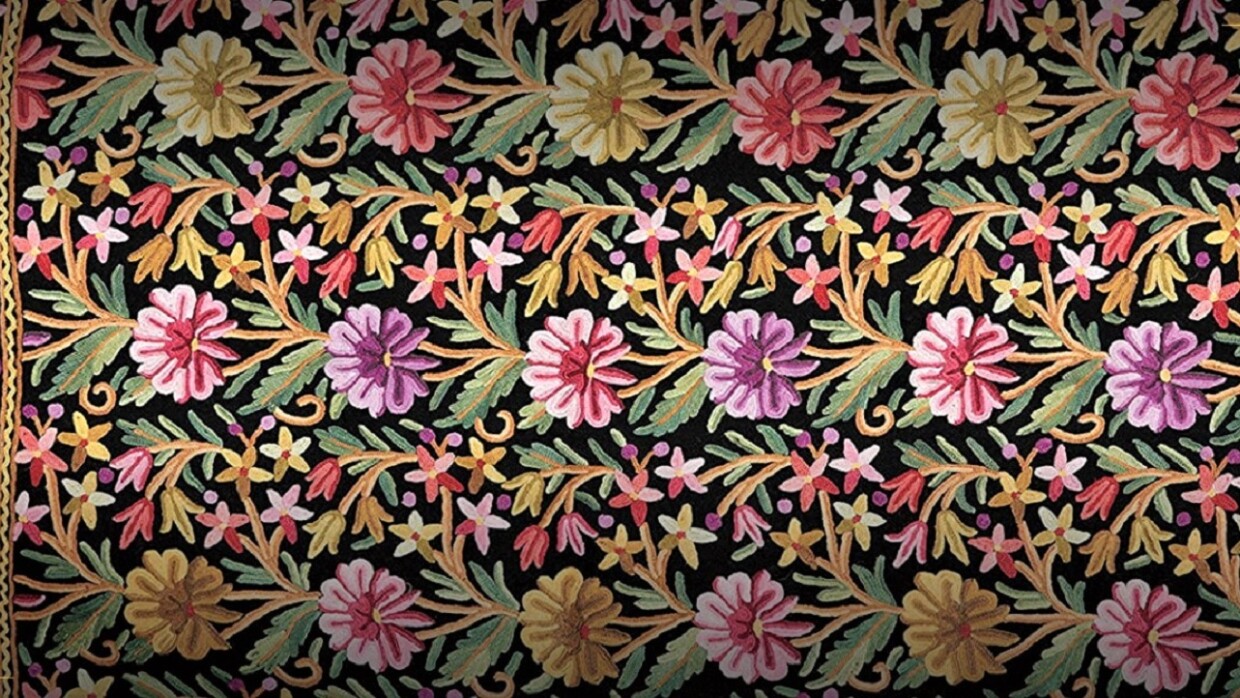Legends have it that centuries ago, the Sufi saint Mir-Ali-Hamadani travelled to Kashmir from Persia along with 700 craftsmen. Once he reached Ladakh, home to the Changthangi goats, he is said to have weaved warm socks from their soft wool to present to the King of Kashmir, Sultan Zain-ul-Abidin. Today, that ancient woollen heritage of the Ladakhi Pashmina has transcended geographies to enthral a global audience.

This is the story of one of India’s many ancient and celebrated textiles. Unlike their silk and cotton cousins, however, very little is known about the woollen magic woven by our craftsmen at their traditional handlooms. It is time to discover a handmade art that has been delicately stitching the traditional fabric of our country on the global map for centuries.
Pashmina: The “soft gold” from Kashmir
A gift of pride handed down by generations of artisans, it is believed that this fine wool first came into existence in the 15th century. But Pashmina saw its golden age only after it found patrons among the grand Mughal emperors. The intricate karigari or craftsmanship had so caught the fancy of Emperor Akbar that he is said to have started the style known as the Doshala. Pashmina weavers worship their craft, dedicating over a hundred hours to each exquisite piece. But Beigh Sahab, a master craftsman, says it is all about the finesse. The most famous Pashminas use the Aari embroidery by skilfully hand weaving intricate floral motifs in more than three colours (‘Pushkars’) or less than three colours (‘Raskars’) with hooked needles (or ‘aars’). The Mughal influence is evident in lovely Pashmina motifs, such as the Gool-e-Noor-Jahan.

Kullu weaves: The magic of Himalayan craftsmanship
As winter falls upon the silent Kullu valley, local artisans turn to their ancient handlooms. It is worth noting that the Kullu weave was born on the wool trading route, inspired by typical Kinnauri weaves. The show stealers of this collection are the Kullu shawls and Kullu topis made with the wool of Angora rabbits or local ‘Deshkar’ and ‘Bygani’ sheep. Traditionally, these shawls are woven in natural wool shades with borders in striking geometric patterns or floral prints using as many as eight hues. Traditional weavers also decorate the Kullu topi with vibrant, handwoven motifs, often with hidden meanings!

Bhujodi shawls: Unfolding the beauty of Kutch!
Think of a grandmother knitting a shawl or a shepherd guiding his flock through pastoral lands. The 500-year old tradition of the Bhujodi shawl tells the real-life story of travelling vankars from western Rajasthan bringing warmth to the Rabari community in Bhujodi, Gujarat. These shawls are woven with colourful extra-weft designs on a plain warp. The Bhujodi vankars live and breathe their craft. Look out for a splash of red from the petals of the Palash flower or a tinge of black from the babul leaves. These are eternal bonds handwoven by ancient traditions.

The Indian landscape is awash with innumerable indigenous handloom traditions. From the rare Shahtoosh shawl and the Garhwali Paakhi weave to the beautiful Lepcha, these woollen weaves are yet to knit their story to glory. Many of them come from the most inhabitable nooks and corners of rugged mountains that are yet home to the warmest welcomes and the most exquisite handwoven gifts of love.











